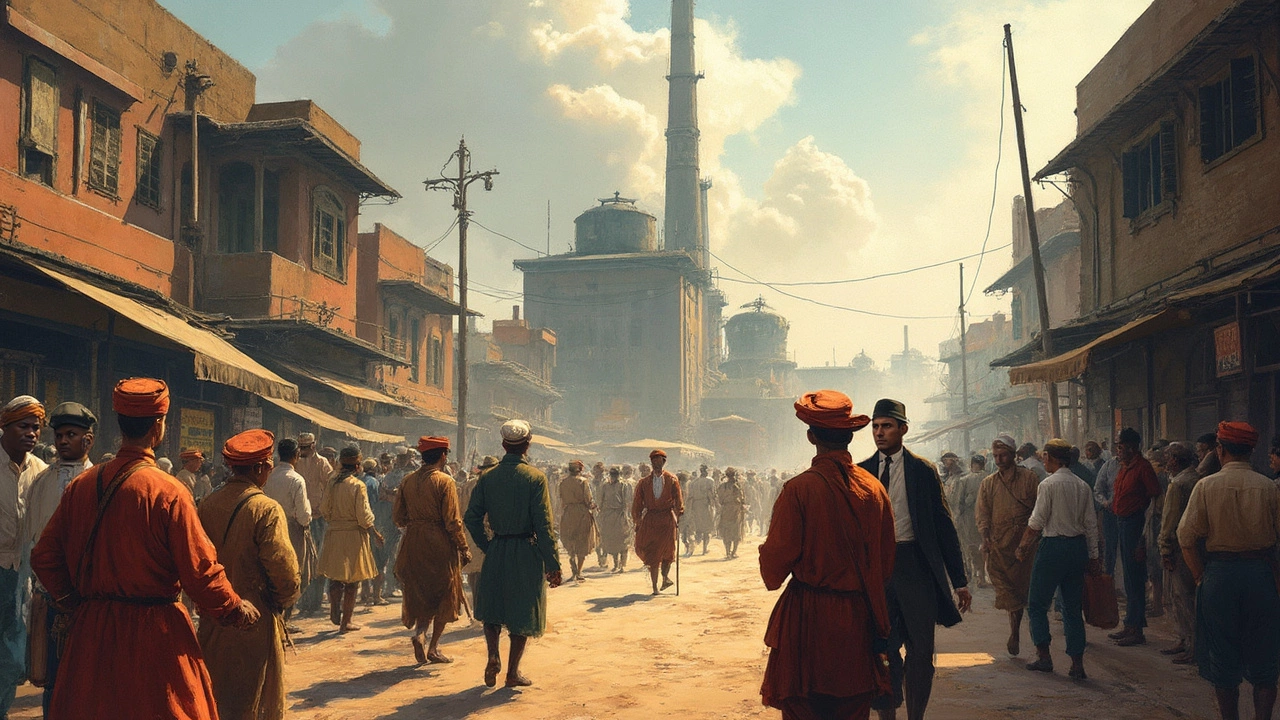Industrial Revolution
When talking about the Industrial Revolution, the era that shifted production from hand‑crafted workshops to mechanized factories, laying the groundwork for today’s high‑speed factories. Also known as the First Industrial Era, it Industrial Revolution reshaped economies, societies, and the way we think about work.
The heart of that transformation is Manufacturing, the process of turning raw materials into finished goods using tools, labor, and increasingly, machines. Manufacturing encompasses everything from simple hand‑sewn clothing to complex semiconductor fabrication. In the original 18th‑century wave, steam power replaced water wheels; today, digital twins and additive manufacturing replace punch‑cards. The Industrial Revolution requires advanced manufacturing methods to stay competitive, whether you’re a pharma startup in Mumbai or a plastic producer in Shenzhen.
Driving that evolution is Technology, the collection of tools, software, and processes that enable faster design, testing, and production. Technology influences manufacturing productivity, cutting cycle times and boosting quality. Think of AI‑powered quality inspection that spots defects faster than a human eye, or IoT sensors that tell a factory manager when a machine needs maintenance before it breaks down. Linked tightly with technology is Automation, the use of robots, control systems, and software to perform tasks with minimal human intervention. Automation turns repetitive labor into precise, repeatable actions, freeing workers to focus on innovation and strategy.
These three pillars—manufacturing, technology, and automation—form the modern Industrial Revolution narrative. They explain why India’s pharma giants are climbing global rankings, why Chinese furniture makers dominate export tables, and why a $10,000 flip can now leverage algorithmic trading bots. They also shed light on why certain chemicals still aren’t produced domestically, why some U.S. states attract low‑cost factories, and why Bangalore earned the nickname “Electronics City.” In each case, the story circles back to how new tools reshape old processes, creating fresh opportunities for startups, established players, and even hobbyists looking to flip capital quickly.
Below you’ll find a curated set of articles that dive deeper into these trends. From product‑idea checklists for manufacturing startups to the latest data on semiconductor production in India, the collection covers the breadth of the Industrial Revolution today. Use it as a quick reference guide, a source of actionable insights, or simply a way to stay ahead of the curve as the next wave of industrial change rolls out.
